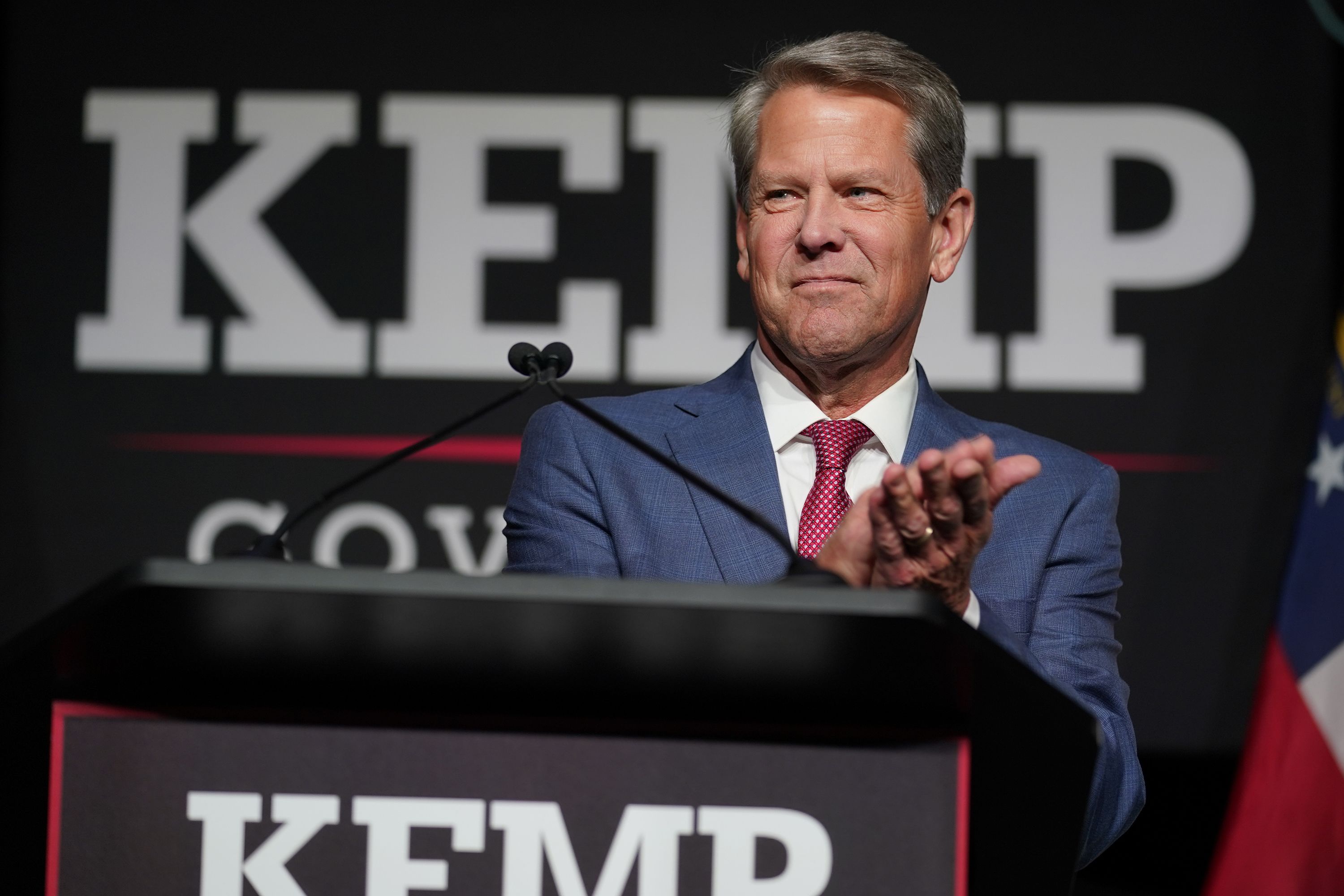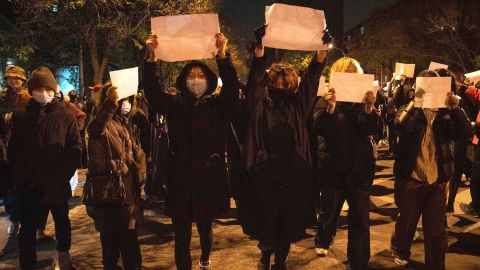
Dear Commons Community,
Yahoo News has a review of the effects of the COVID pandemic on learning loss among the country’s school children. When school districts went to remote learning in 2020, there was concern that there would be adverse consequences given the unplanned, poorly implemented switch from traditional in-person learning. Teachers were unprepared and untrained while many students especially those in poverty areas lacked access to online technology. Yahoo News reviews the remote learning rollout in an article in this morning’s edition.
The entire piece is below and sheds light on the issue.
Tony
————————————————————————————–
Early in the COVID-19 pandemic, education experts predicted that children might experience learning setbacks after the health emergency upended their lives. Now, thanks to new reporting, we have a clearer picture of the extent to which schoolchildren have fallen behind academically. Experts say this isn’t just because of a lack of time inside a classroom — it’s only one of several factors that have affected children during the pandemic.
The first report to shed light on the impact the pandemic had on children’s learning is the National Assessment of Educational Progress (NAEP), also known as “the nation’s report card.” This is a test overseen by the U.S. Department of Education’s National Center for Education Statistics (NCES) and has evaluated fourth and eighth graders across the country on various subjects since the 1960s. The assessments are given most frequently in mathematics and reading. The test had not been administered since 2019, due to COVID-19, so math and reading test scores from this year were compared to those from two years ago. The results, released in late October, revealed declines in proficiency in both subjects and for both age groups. This learning loss happened in most states and across almost all demographic groups.
Falling test scores
According to the NAEP’s results, the average reading scores for fourth and eighth graders had fallen three points since 2019 in more than half of the states. About 1 in 3 students met proficiency standards for that subject this year.
In math, scores for eighth grade students fell in nearly every state. Only 26% of children in this age group were proficient in the subject, down from 34% in 2019. Fourth graders did a little better, but the average math score for this group also fell five points. Just 36% of fourth graders were proficient in math, compared to 41% in 2019.
“The results show the profound toll on student learning during the pandemic, as the size and scope of the declines are the largest ever in mathematics,” NCES Commissioner Peggy G. Carr said in a statement.
Daniel J. McGrath, the acting NCES associate commissioner, noted that “Eighth grade is a pivotal moment in students’ mathematics education,” and stressed the importance of getting these students up to speed.
“If left unaddressed, this could alter the trajectories and life opportunities of a whole cohort of young people, potentially reducing their abilities to pursue rewarding and productive careers in mathematics, science and technology,” he said.
Students at high-poverty schools were the most affected
The NCES data, however, does not offer insight into how these learning losses played out at a local level. That is why researchers at Harvard and Stanford Universities joined forces to create the Education Recovery Scorecard, which breaks down these academic losses by district. Their project compared the results from the “nation’s report card” with local standardized test scores from 29 states and Washington, D.C.
“What we found was first, on average, test scores were about a half grade lower in math and about a third grade lower in reading in 2022 than they had been for the same age students in 2019. So that’s a big decline,” Sean Reardon, a professor of education at Stanford University and one of the project’s lead researchers, told Yahoo News.
What surprised the researchers, he said, is that “the size of that decline varied enormously across school districts.”
“In some school districts, scores didn’t go down at all, or in some cases even went up a little, and in other districts, they went down by a grade level or more. So the ‘learning losses,’ as people call them, were very unevenly felt across the country,” Reardon said.
Kids in high-poverty districts, he explained, suffered much larger learning losses on average than those in more affluent and low-poverty districts. According to the Education Recovery Scorecard analysis, the quarter of schools with the highest number of students receiving federal lunch subsidies missed two-thirds of a year of math learning, while the quarter of schools with the fewest low-income students lost two-fifths of a year.
What this shows, Reardon said, is that the pandemic widened already existing inequalities in education.
“On average, poor kids score much lower on tests than rich kids, because of different opportunities they’ve had, ” Reardon said. “But that disparity got even wider during the pandemic, because the effects of the pandemic were most harmful in high-poverty neighborhoods.”
People in low-income communities were much more likely to work on the front lines or as essential workers at the height of the pandemic. These communities experienced not only the most severe rates of COVID-19 sickness and death, but also the highest rates of job loss, housing instability and food security. As a result, children in these communities saw the greatest declines in academic achievement.
Learning from home led to greater losses
The time spent in remote learning also impacted learning loss. Those districts that remained online longer suffered greater losses, according to Reardon’s analysis. However, he said it was a mistake to think that remote learning alone is to blame for the declines in reading and math scores.
“It’s a mistake to sort of think that the learning losses are wholly or even largely the result of whether or not kids were in or out of school during that period of time,” Reardon said, adding that so many other aspects of children’s lives, including the high levels of anxiety and stress some of them experienced, may have contributed to the declines in academic achievement.
Another reason why remote learning doesn’t appear to be the primary factor driving achievement losses is that, according to the analysis, these learning declines varied widely among districts that spent the same share of the 2020-21 school year learning online. Moreover, many districts in states with long school closures had lower losses than other districts in states where schools were not closed for as long.
The Education Recovery Scorecard researchers said that in the future, they plan to investigate how other factors, such as COVID death rates, broadband connectivity, the predominant industries of employment and parents’ occupation might be contributing to the disparate effects of the pandemic.
Students need help that goes beyond academic instruction
Reardon told Yahoo News “We have to do a lot to help kids” — particularly those in high-poverty districts that had the biggest learning losses.
“Some of the strategies should be focused on education, so tutoring and extra support for kids to learn, particularly those kids who really fell the furthest behind,” he said. But he added that support for kids and their families should go far beyond academic instruction. Providing mental health support for children, and helping their families find jobs and some economic stability, are also important, he said.
“The responses have to be not just about what happens in school,” he said, “but a kind of broader pattern of social responses that will address the many dimensions in many ways in which the pandemic affected kids, not just the kind of loss of instructional time.”
Last year, as part of the $1.9 trillion American Rescue Plan, the federal government designated a historic $122 billion to address the crisis. The plan requires that school districts spend at least 20% of the money on academic recovery. However, the funds are set to expire in 2024, which researchers say does not leave enough time for students to recover adequately. Some experts have pointed out that despite the unprecedented level of federal funding allotted to help students catch up, it is not enough to offset COVID-induced learning loss.
Reardon said that one big challenge now is to help districts figure out how to use the substantial funds that they do have most effectively. The American Rescue Plan did not offer guidance on how schools should be using this money to address learning loss, nor did it “specify benchmarks for measuring student progress,” the Washington Post reported.
Jose Garza, a high school principal in California’s Central Valley who has worked for two different school districts during the pandemic, told Yahoo News the majority of his students are from economically depressed backgrounds and many of them have fallen behind academically.
He said that although he was aware of the federal funding, he had not been informed how it would be rolled out in his district.
“I’m sure they have a plan, but we haven’t heard about that yet,” he said, adding that in addition to the money, it would be beneficial for administrators like him for the state to provide guidance on how to spend the money to help students who need it the most.
“You have to look at the data,” Garza said. “We need to have programs that are going to be sustainable even without this money, so that’s what people should be looking at, rather than the short-term solutions. … But we have to go back to evidence-based practices. And administrators, you know, that’s not what we’re trained in.”











